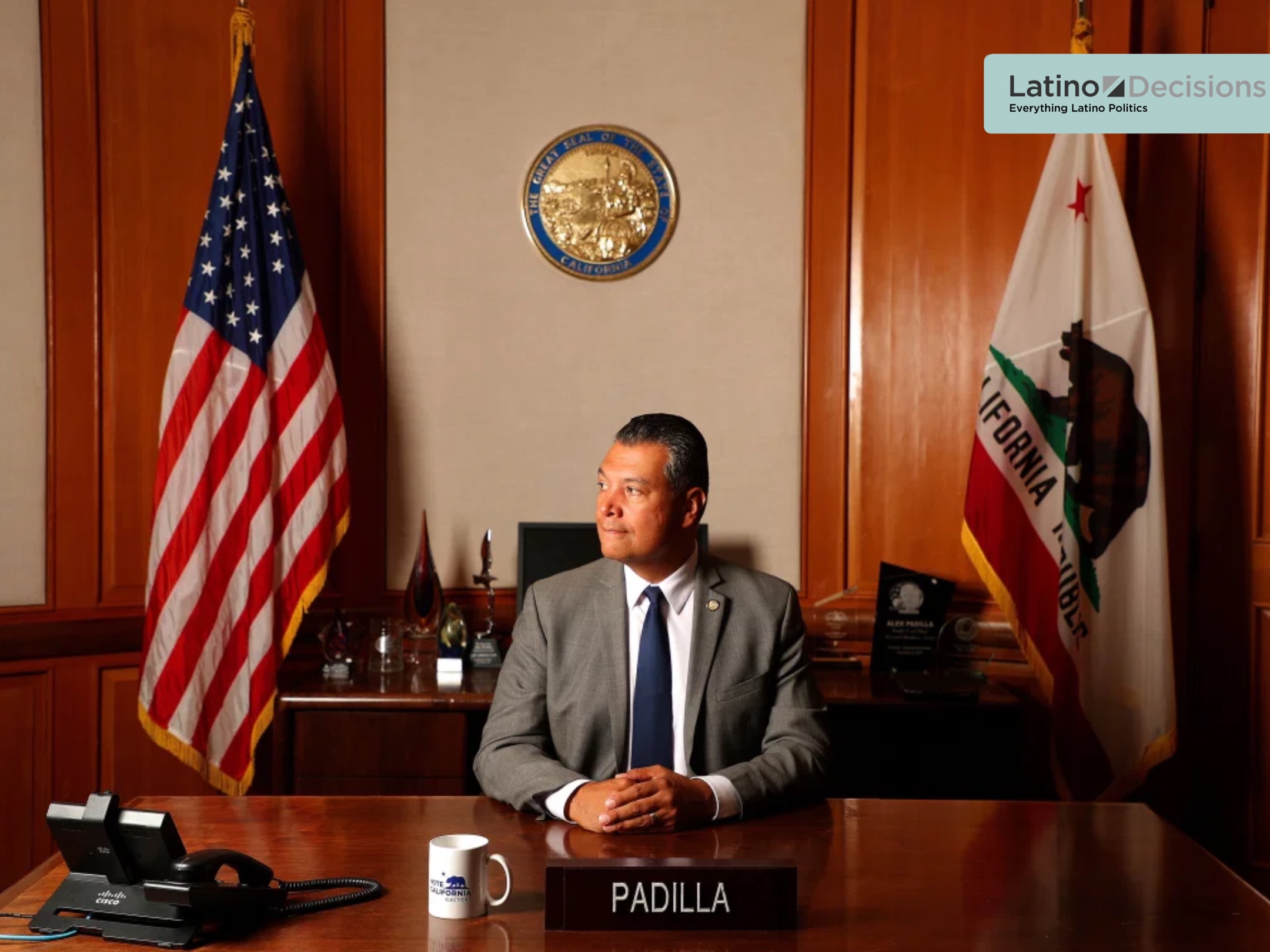Originally posted at The New York Times on 2/12/18
To no one’s surprise, President Trump, who has been doubling down on his anti-immigrant rhetoric, used his State of the Union address to draw parallels between the Central American gang MS-13 and law-abiding immigrants in the United States.
The next week, he reiterated that “MS-13 killers” are “pouring into our country.” This kind of language, long a Trump trademark, was used as a political strategy just a few months ago in Virginia during the failed bid of the Republican candidate for governor, Ed Gillespie. It was also on display in the campaign of Kim Guadagno, a Republican who lost the race to replace Chris Christie as governor of New Jersey.
In their quest to retake the House or the Senate (or both), Democrats should not shy away from incorporating and welcoming immigrants into their own rhetoric.
When Republicans embark on mean-spirited immigrant bashing, Democrats should take notes from Harry Reid’s 2010 re-election victory in Nevada and Ralph Northam’s 2017 gubernatorial win in Virginia. Both Mr. Reid and Mr. Northam rebuffed racially charged anti-immigrant campaigns, standing up for Dreamers, and in the process winning over Latino voters alongside a coalition of progressive and moderate college-educated whites.
In 2010, Mr. Reid made a strong stand for the Dream Act while competing against a Republican, Sharron Angle, who ran a nativist campaign equating immigrants with gang members. Mr. Reid defied the polls and won re-election on the strength of very high Latino turnout — and no signs of a white working-class backlash.
According to the exit polls, Mr. Reid ran 11 percentage points ahead of Ms. Angle among white voters who earn less than $50,000 and, according to data compiled by Latino Decisions, a polling organization that I co-founded, won an estimated 90 percent of the Latino vote.
In 2016, Nevada proved to be one of the bright spots for Democrats. Mr. Reid’s strategy was embraced by his successor, Catherine Cortez Masto, who became the first Latina elected to the Senate.
In the wake of Mr. Trump’s victory, there has been a renewed focus on the so- called white working-class vote, a demographic segment that has been getting smaller each year and has been trending away from Democrats for a long time. While it is true that compared with Barack Obama, Hillary Clinton lost ground with that segment of the electorate, the clues to a new Democratic majority may be found in the coalition that elected Mr. Northam governor of Virginia, or perhaps more accurately, voted against Mr. Gillespie and his immigrant bashing.
In Virginia, polling data has made it clear that Mr. Gillespie’s MS-13 rhetoric backfired among minority voters as well as, crucially, among many whites. Mr. Northam won a majority of white college-educated voters, who made up a larger share of the electorate in 2017 than they did in 2016. Mr. Gillespie matched Mr. Trump with noncollege whites, but their turnout was down. And minority voters in 2017 matched their 2016 electorate share — for the first time ever there was no drop- off from the presidential to the gubernatorial election. The Democrats also expanded their margin of victory in Virginia from five percentage points in 2016 to nine points in 2017.
Before the vote in Virginia, pundits on both the right and left were speculating that Mr. Gillespie’s anti-immigrant strategy was working. But in the end, election results and polling data in Virginia proved all that thinking was wrong. While each state has its own demographics and distinct politics, Virginia has voters who span demographic and economic spectrums. Majorities of voters of all races and ethnicities rejected anti-immigrant stereotypes as ugly and wrong.
According to an election eve survey of voters by Latino Decisions, Latino voters said that Mr. Gillespie’s MS-13 ads made them less enthusiastic about him, by a 45- point margin. But it wasn’t just Latino voters. By a 23-point margin (52 to 29), whites in Virginia also said the MS-13 ads turned them away from Mr. Gillespie, as did African-American and Asian-American voters by larger margins.
Data speaks louder than punditry, and our regression analysis of survey data paints a clear picture. Exposure to Mr. Gillespie’s MS-13 ads actually helped drive white college-educated voters away from the Republicans. When we analyzed findings for white independents and Republicans, voters who were aware of the MS-13 ads were significantly more likely to vote for Mr. Gillespie’s Democratic
opponent. What should be alarming for Republicans is that this effect wasn’t limited to the governor’s race. The Gillespie campaign had coat-tail effects, but of the wrong stripe. Across all racial groups, those who were aware of Mr. Gillespie’s MS-13 ads were significantly more likely to vote for Democratic candidates for Virginia’s House of Delegates.
This means that not only is it morally just for Democrats to position themselves as the party that stands against hatred and bigotry and in favor of inclusiveness and opportunity, but it is also a strategically sound position for winning votes.
Simultaneously, it sends a clear, welcoming message to Latino, African-American and Asian-American voters, while also winning over enough of the white voters who also oppose immigrant bashing.
This phenomenon is particularly true of voters who will decide crucial House and Senate races in 2018: people of color and white college-educated voters — also known as the Democratic base. Mr. Trump and his fellow Republicans are clearly gearing up for a similar anti-immigrant effort in 2018. But now the mask has been pulled off. Voters get it. Democrats have an opportunity to speak out strongly against bigotry. And in doing so, they have a path to victory in 2018 and beyond.
Matt A. Barreto is a political scientist at UCLA and a co-founder of the polling firm Latino Decisions.


